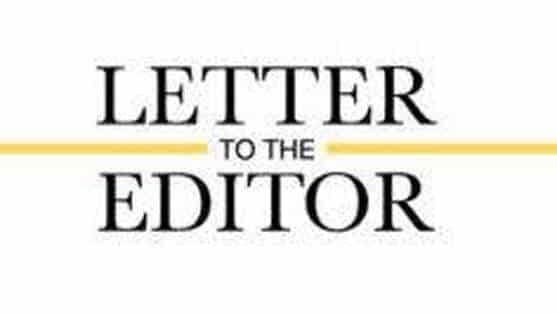From: Frank McDonald
Columbus
Having watched the pageantry of the burial rituals for Queen Elizabeth II made me think. The Brits can put on a show. Costumes from the middle ages, marching bands, antique artillery salutes and great pomp and ceremony. It has to be the rarest of performances. Seventy years apart. Do they practice this every year, just in case? It’s a new cast of players. Do they get all new costumes and maybe never get to wear them, if there is no actual event? Maybe it is true that if the USA had a monarchy, we wouldn’t have needed Disney World or the Kardashians.
The debate about the queen vs. the monarchy vs. the empire rages. The consensus, in my opinion, is the queen was a down-to-earth regular woman with quirky children and nicer grandchildren who had an issue or two with Diana and Meghan and really cute great-grandchildren. In other words, a very relatable multi-millionaire, just like us.
The monarchy is as strange as its rituals. It is a cult of personality. The queen had it and the king doesn’t. The world is still impressed by the titles “lord” and “baron” and “viscount” and “earl”, many of which they inherited from “the empire”, or “sir” and “dame”, which they earned by playing golf or soccer or winning an Olympic medal or singing. They insist we call them by those titles, as if being a “Mr.” or a “Ms.” was clearly an inferior title. I think it works.
The British Empire was one of the most successful organizations for looting, pillaging and plundering the world has ever known. They made all the other empires look like amateurs. There is no continent that avoided having its natural resources stolen by “the empire”, which is in its waning years but still operates in many forms today.
What’s in a number? Queen Elizabeth I was the daughter of King Henry VIII and Anne Boleyn. She was the last of the Tudor monarchs; that’s another story. She was called “The Virgin Queen.” She headed her own church, The Church of England, which all future British monarchs now lead. She amassed great wealth by creating monopolies and sharing in the profits. For example, on December 31, 1600, she granted Sir James Lancaster and The East India Company a monopoly on English trade east of The Cape of Good Hope and west of The Straits of Magellan. The queen allowed the company establish its own army, which became larger than the British army, and by fair means and foul it was responsible for 50% of the world’s trade in the 18th and 19th century. Mostly at India’s expense.





